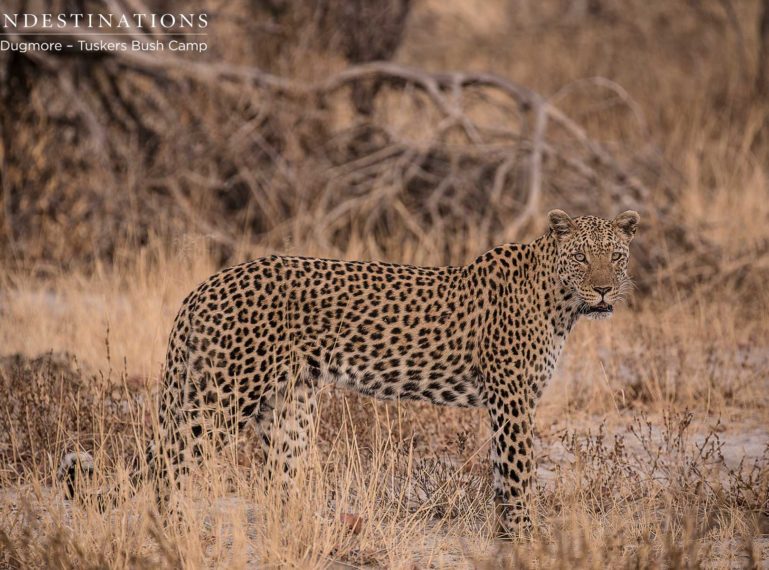
Daniel Dugmore, one of our avid wildlife photographers, is based at Tuskers Bush Camp. His unwavering passion for the bushveld and intimate knowledge of the Kalahari Moremi corridor area of Botswana, makes him the ideal candidate for documenting the wildlife mysteries of this 365 000 hectare concession! Over the past few months, prior to Dan’s arrival, conservationists strategically placed one of the camp’s camera traps close to the pan in front of the boma area. Subsequent to that, they placed the camera in other high wildlife traffic areas and were pleasantly surprised at the amount of predator activity right on their doorstep!
We had yet to identify the current lion pride dynamics and their origin; but hopefully with Dan there, we’re better equipped to studying, observing and photographing the abundance of game hiding in the thickets. In conjunction with the appearance of lions on the Tuskers Bush Camp Camera Trap, there has also been regular leopard sightings. Just a few nights ago, the camera trap revealed a majestic leopard exploring the area around the pan in front of the lodge. It was patrolling possible turf and exploring the thickets. The leopard became rather fixated on a small Cape fox that was oblivious to the presence of this master stalker!
Hearing the contact calling at night from lions and the unmistakable bark of leopards, it has become clear that the camp is rife with predators. A decision was taken to monitor activity at the pan in front of the lodge and set up the camera in the perfect position to monitor all nocturnal antics. We’ve introduced the Tuskers Bush Camp lions that made an appearance at the pan outside tent 6 and a few months ago we introduced you to the leopards of Tuskers Bush Camp, that were also spotted outside tent 6 (this tent seems to be an attraction for predators!).
We have a confirmed presence of two leopards and the possibility of a third. At the beginning of the year, a leopard gave birth to a cub close to the store room at camp; so it makes sense that the two leopards seen at camp are the mother and cub.
What do we know about leopards and their natural behaviour?
- When a leopard cub is born it remains in the den for up to 3 months, after which it will start to accompany its mother on hunts. It stays with its mother for 12 – 18 months and at 2 – 3 years the cub will being to produce their own offspring. We suspect the two leopards on our turf are the mother and her cub from the beginning of the year.
- Females are drawn to territories because of presence of possible den sites and availability of prey. Males are drawn to areas because of the presence of females and have wide territories. The possible presence of the third leopard, seen on occassion, could be a male.
- When a leopard is ready to begin its aloof lifestyle and hunt alone, the mother will tolerate the cub on the periphery of her range. She will even tolerate young leopards crossing over in an attempt to explore new territories.
- Leopards lead aloof lifestyles and are opportunistic hunters. With their master stalking skills and finely tuned ambuhsing ability, they’re ready for anything.
The Tuskers Bush Camp traverse is a place where nature unfolds and unravels while you sleep soundly in your tent. Tusker’s Bush Camp is nestled on a 365, 000 traverse and there’s plenty of untamed wildlife hiding in the arid thickets, waiting for the right moment to reveal themselves.
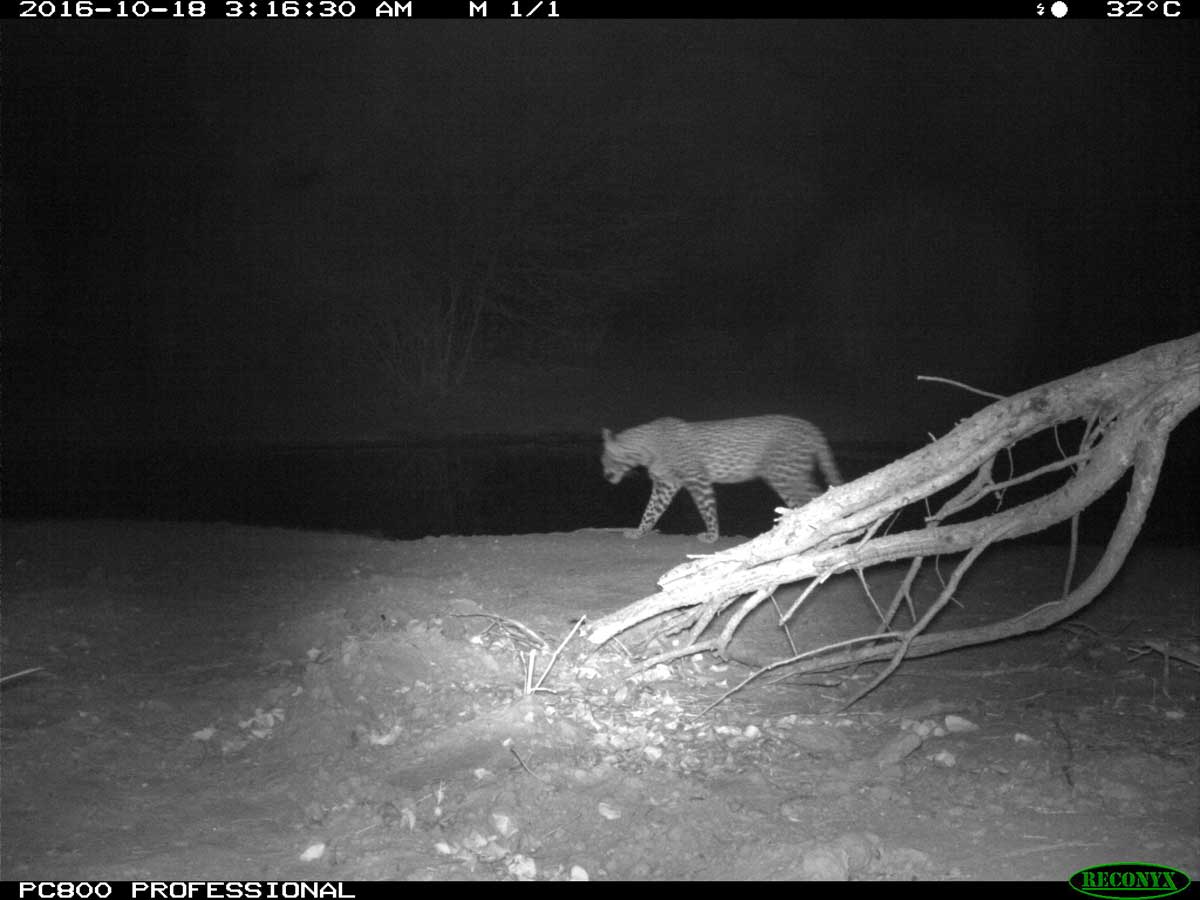
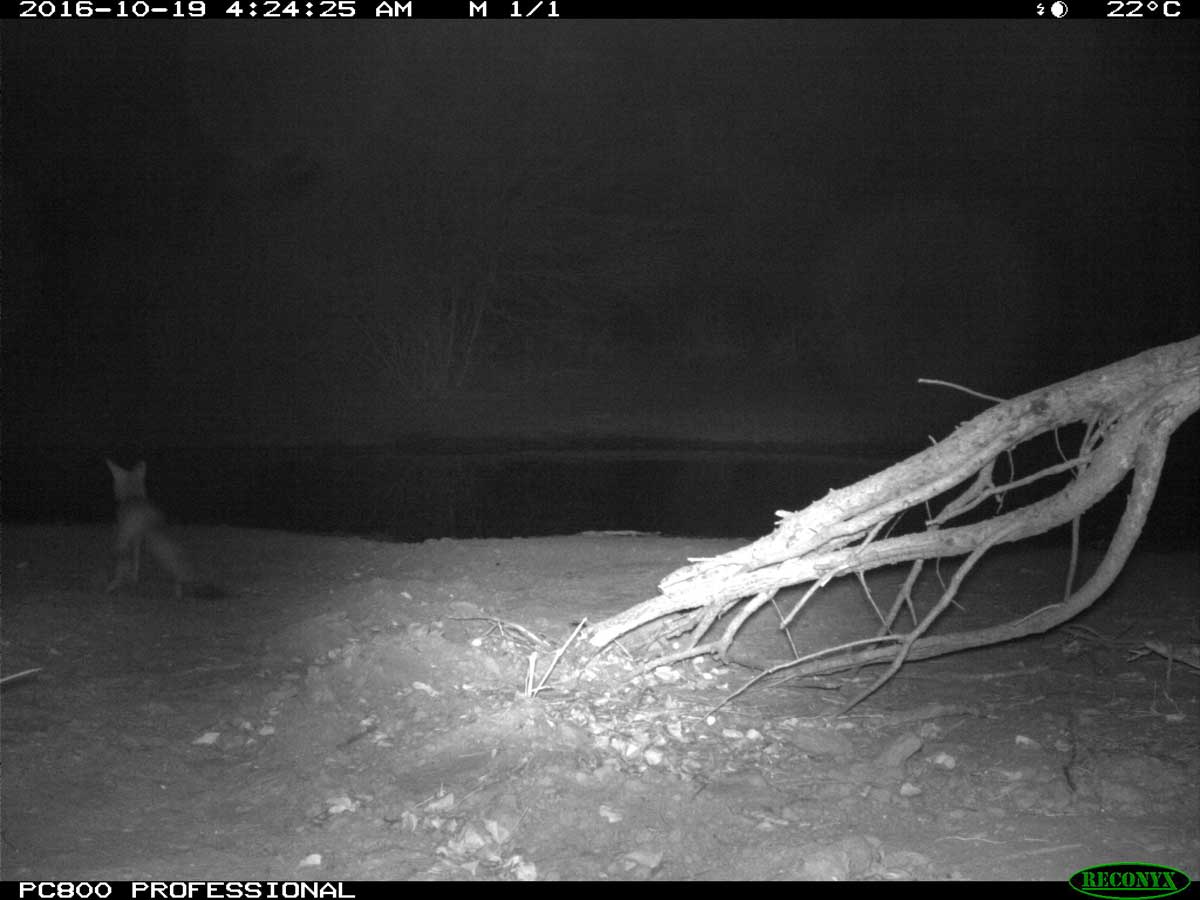
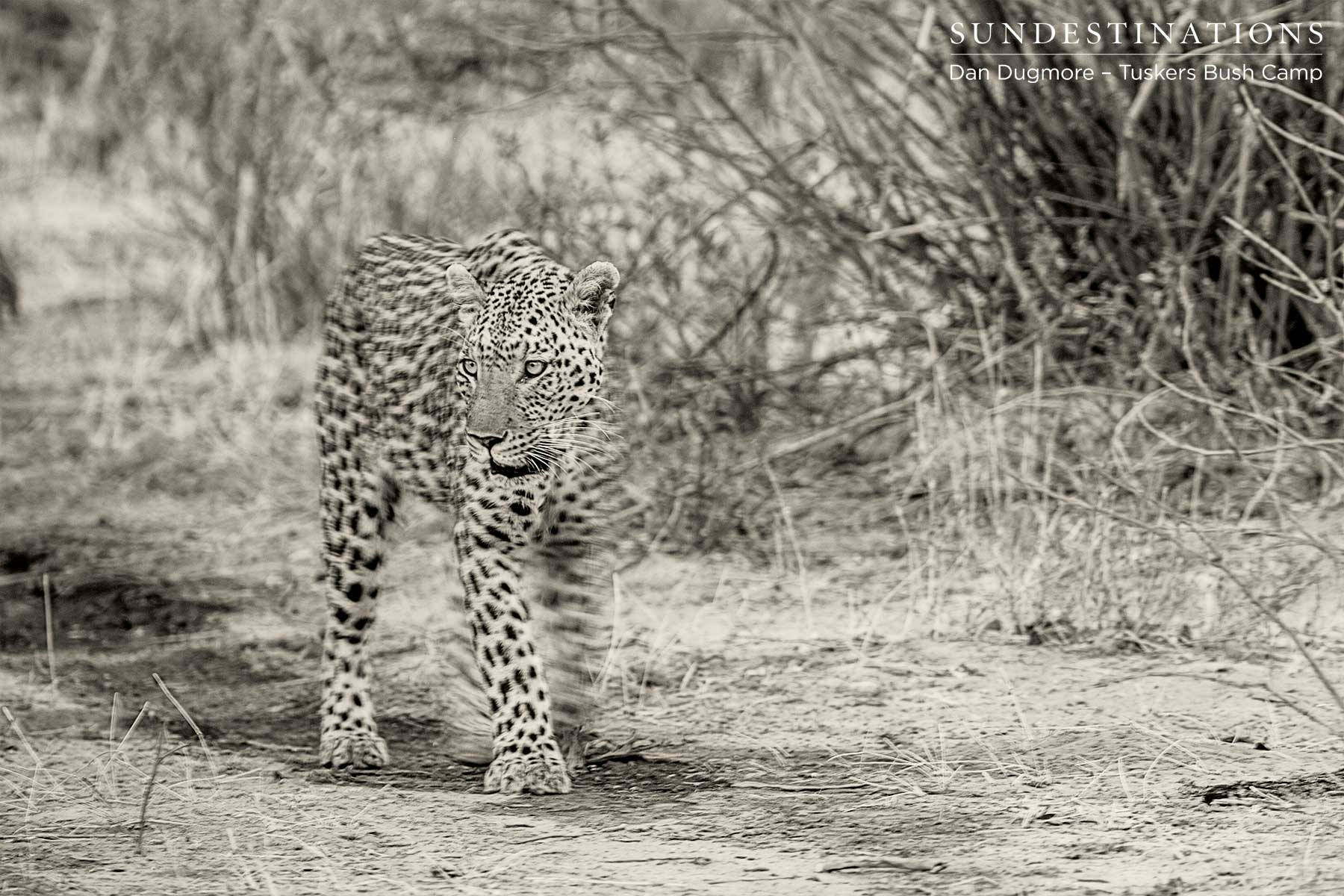
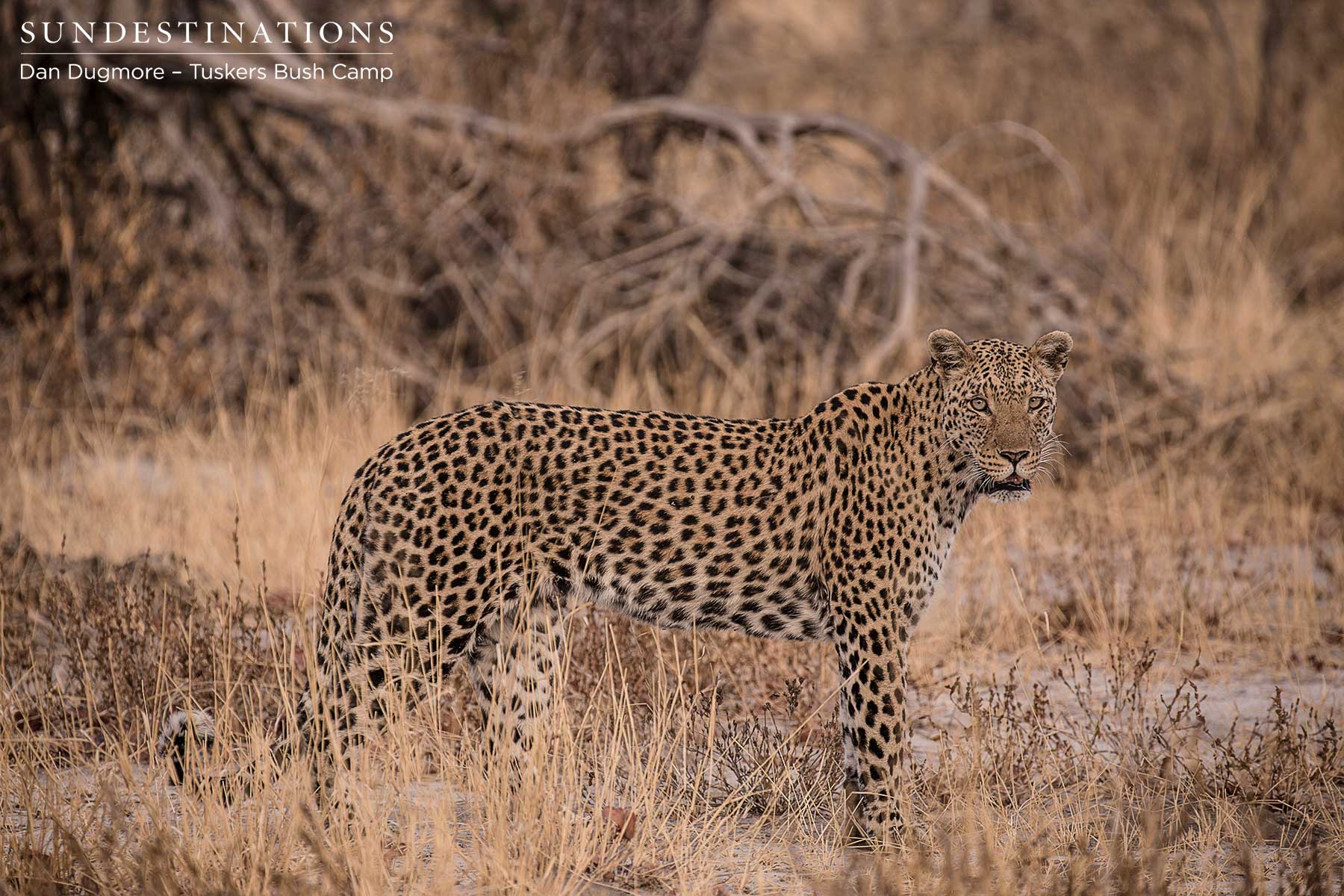
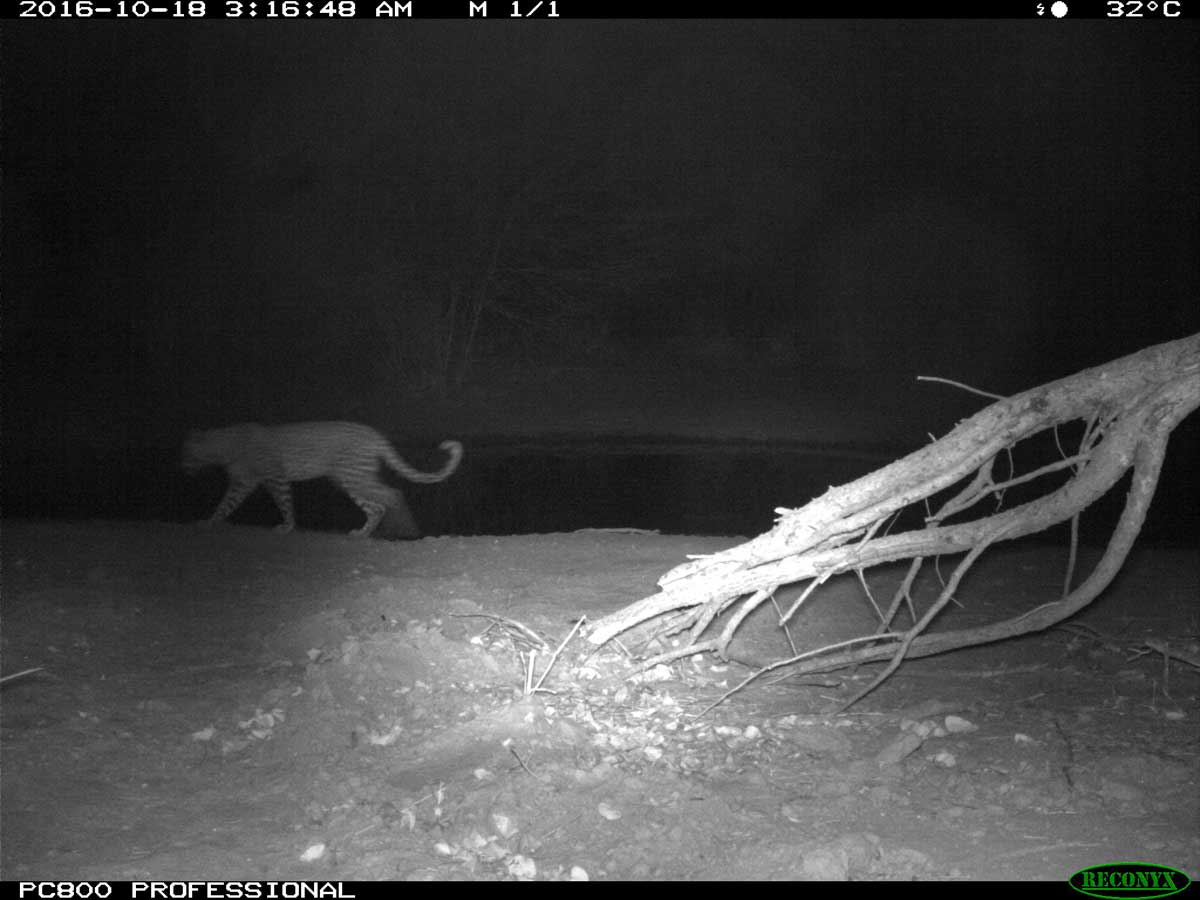
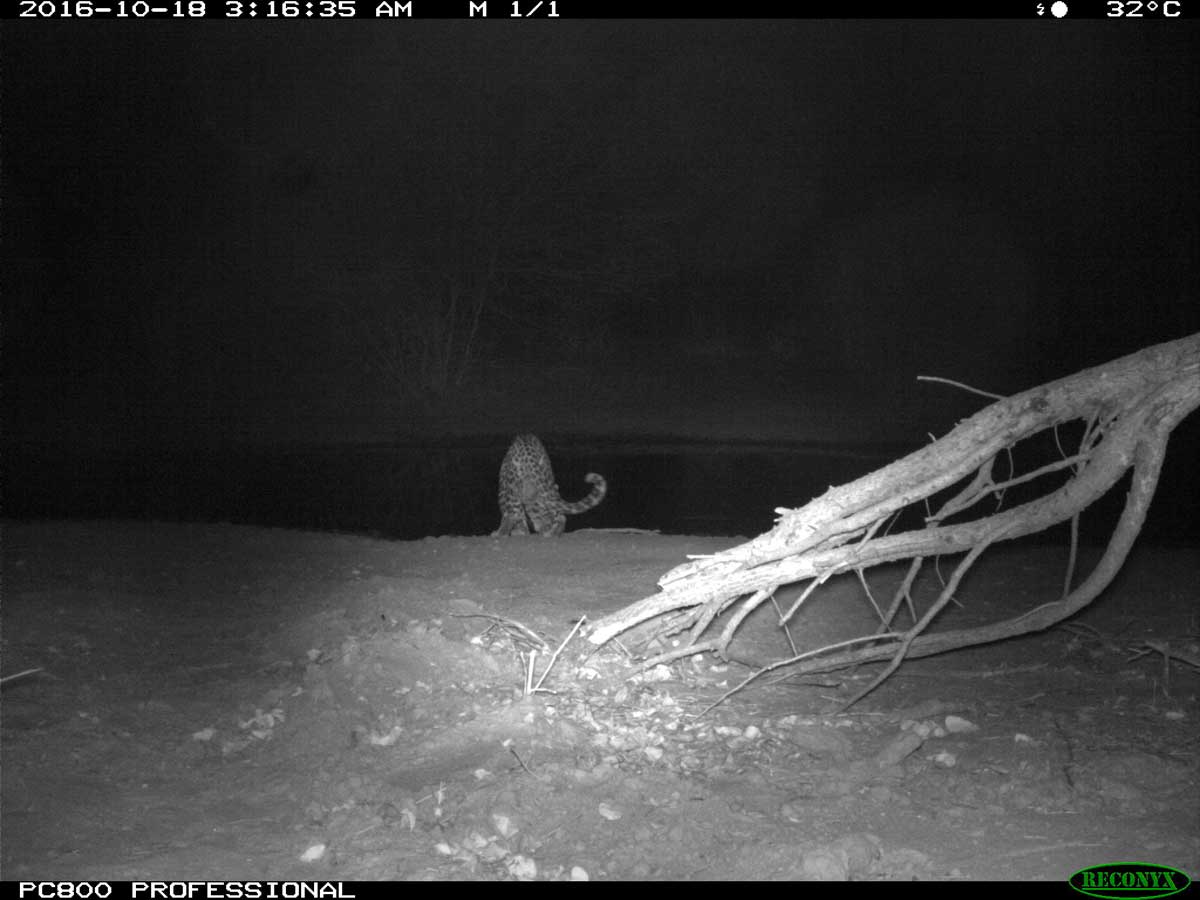
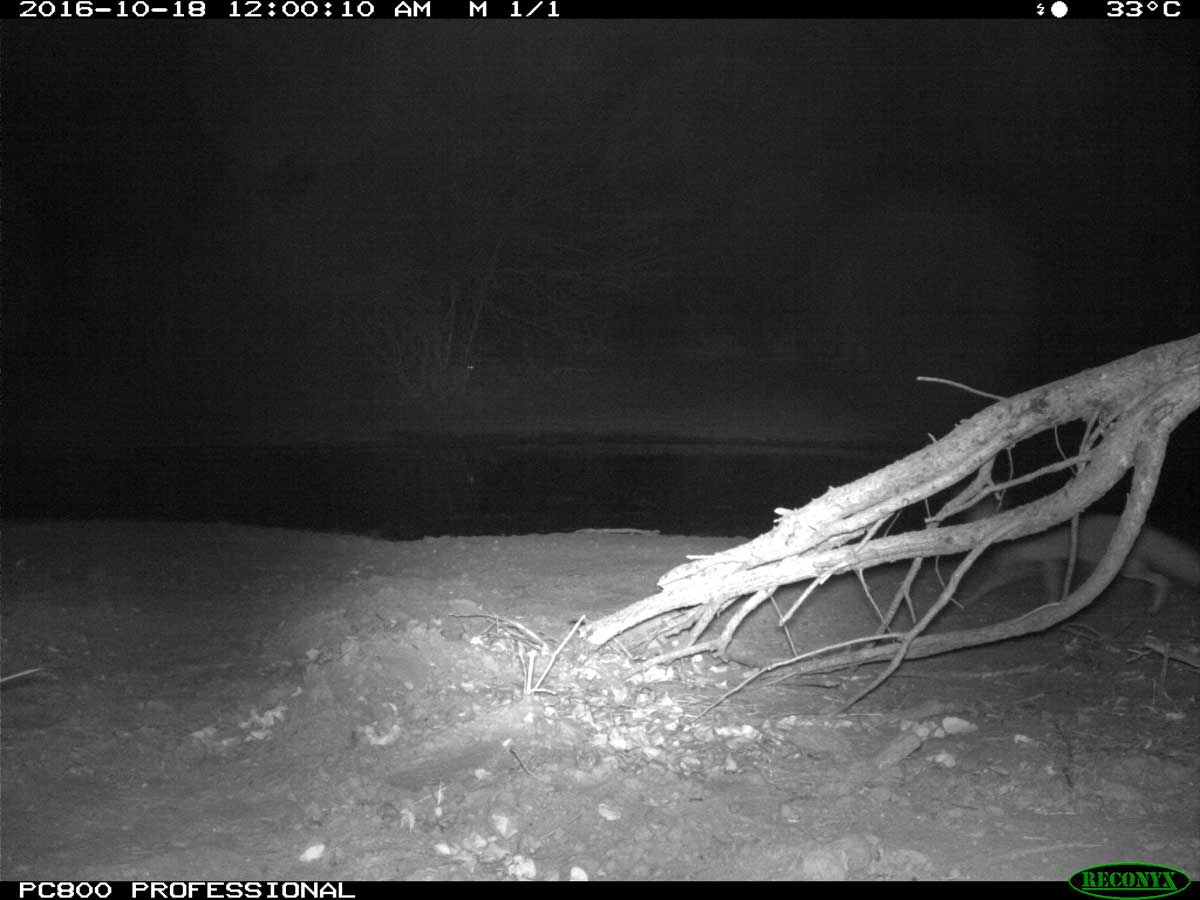
Leave a Comment